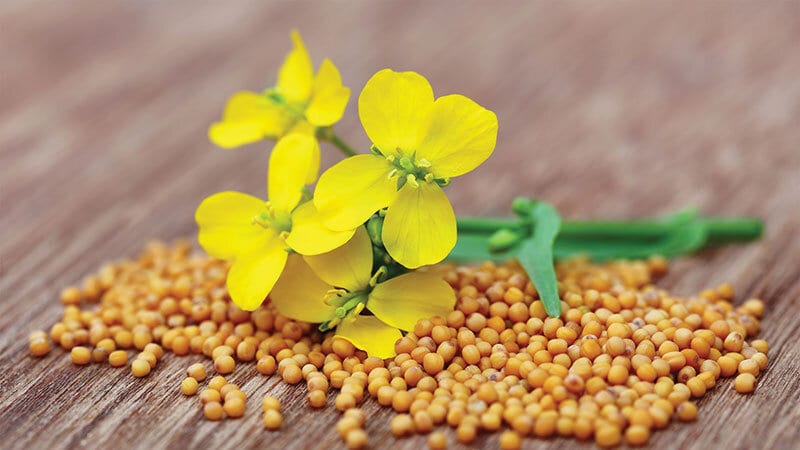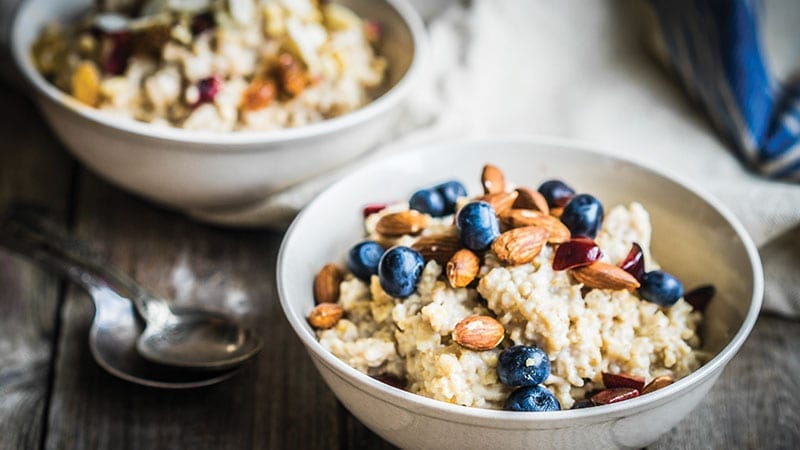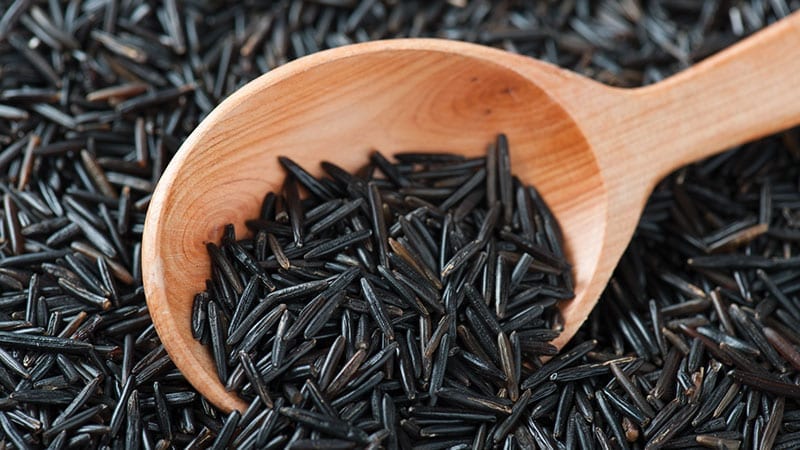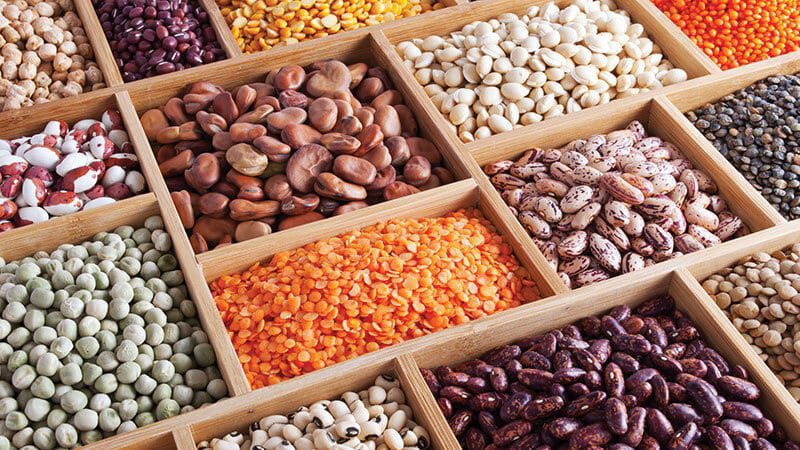Plant-based protein is no longer a niche in a handful of rich markets. Global plant-based retail sales reached about USD 28.6 billion in 2024, with growth led by Europe and Asia-Pacific even as investor funding cooled. That split matters for exporters because consumer pull is outpacing venture push in several emerging regions.
Why is Demand for Plant-Based Protein Rising in Markets?
Price and taste decide repeat buys. In Southeast Asia, three-quarters of consumers say they would eat plant-based meat regularly if taste and other concerns are solved.
Up to 76 percent would buy at price parity, and over 80 percent say yes if plant-based is 20 percent cheaper than conventional meat. Today, average prices still sit about 35 percent higher. The outcome is simple: match taste and close the price gap, and the addressable base widens fast.
Health cues are a second pull. Surveyed consumers in ASEAN picked “healthy,” “easy to digest,” and “high in protein” as top descriptors, which explains the traction for clean-label formats and familiar dishes with added protein.
Priority Markets to Watch
-
Southeast Asia
Demand is broad, with older shoppers showing strong interest, not just youth segments. Singapore acts as a hub, and its regulators expect clear qualifiers on packs such as “plant-based” or “made with plants.” In 2025, Singapore refined its Food Regulations, with new labelling amendments taking effect January 30, 2026. Use bilingual packs and preserve room on label real estate for nutrition front-of-pack where schemes apply.
Mainstream grocers and quick-commerce platforms carry chilled and frozen lines, but shelf-stable protein foods and ingredients move faster in tier-two cities. Price sensitivity remains high, so pack sizes under 250 g help trial for those seeking opportunities for meat in Southeast Asia.
-
India
Protein is having a public moment. Reports estimate roughly 73 percent of the population falls short on protein intake, which is driving “protein-enriched” launches across mass categories. The result is a wide on-ramp for plant-based protein in affordable, familiar formats.
On the supplement side, India’s plant-based protein supplements market posted USD 99.5 million in 2023 and is tracking a 9.3 percent CAGR to 2030. Broader plant-protein market trackers peg growth at double-digit rates through the decade. These figures are small per capita, yet the scale is in sheer population and retail reach.
Align with FSSAI rules and ongoing court activity around dairy descriptors if you want to promote plant-based protein in India. Keep descriptors precise on alt-dairy and maintain strong allergen callouts.
-
Gulf Cooperation Council and wider Middle East
Plant-based meat and dairy in the Middle East and Africa is a USD 321.7 million market in 2025 with steady growth projected to 2030. In the GCC, a 2024 market review flagged rapid expansion in plant-based dairy across UAE and Saudi retail. The region is brand-led, foodservice-heavy, and certification-sensitive.
Halal compliance is not optional. The UAE runs a national Halal Mark program. Saudi Arabia’s SFDA continues to roll out updated food guidance and requires recognized halal certification for relevant imports. Plan for documentation and factory audits, then lock artwork rules before scale runs.
-
Latin America
Latin America’s plant-based meat market reached about USD 1.0 billion in 2024, with forecasts near 22 percent CAGR toward 2033. Retailers in Brazil, Chile, and Colombia now carry multiple price tiers, and foodservice chains test local dishes with plant-based swaps. Focus on frozen burgers and breaded lines for first listings, then extend into snacks and ready meals.
Canada’s Supply Position and What it Implies?
Canada ships large volumes of pulses and protein ingredients globally. In 2023, exports of plant-based and animal protein ingredients reached CAD 2.4 billion, with the United States the top buyer, followed by South Korea and China. That mix shows potential to diversify toward newer markets where retail space is still open.
Two risk notes shape strategy. First, China’s pea import dynamic shifted in 2023-24 as Russia overtook Canada on shipments to China, which underlines the need to grow exposure in Southeast Asia and the Gulf. Second, lentil flows remain significant into India and the Middle East, which creates partnership options for plant-based foods and fortification projects tied to pulses.
Managing export opportunities across multiple emerging markets requires smart data tracking and market intelligence. AI-powered systems help Canadian exporters monitor price gaps, track regulatory changes, and identify the best entry timing for each region. Companies can leverage AI development services to build custom dashboards that analyze competitor pricing, consumer sentiment, and regulatory updates across target markets.
Regulatory Checkpoints To Keep in Mind
Halal in the GCC:
Confirm approved bodies, plan audits, and reserve pack space for national marks where needed. UAE’s Halal National Mark is one example. Saudi requires recognized certification with import documents.
Labelling in Singapore:
Use clear qualifiers such as “plant-based”; keep pace with SFA Food Amendment 2025 changes that take effect in 2026.
Naming rules in select markets:
Some jurisdictions restrict meat terms for plant-based items. Check rules market by market before artwork lock.
Price, Pack, and Channel
Emerging markets reward smart pack sizes and channel fit. Entry sizes under 250 g reduce price shock and limit wastage in hot climates with weaker cold chains. Trade-up packs can follow once repeat rates grow. Foodservice trials help with taste validation and category education. In ASEAN data, crossing the price-parity line unlocked intent for most shoppers, which suggests a path through private-label, co-manufacturing, or local sourcing of minor ingredients to trim landed cost.GFI APAC
Risk Watchlist
Input competition:
Rival suppliers gained share in key ingredient lanes to China. Hedge by building ASEAN and GCC demand for protein ingredients and finished goods.
Labelling drift:
Rule updates in Singapore and new guidance waves in Saudi Arabia. Keep a tracker for nutrition panels, allergen display, and halal marks.
Funding trough:
Investment dipped in 2024, yet sales still rose in several regions. Plan for working-capital discipline and co-packer partnerships instead of greenfield plants on day one.
Written By: WebOsmotic






 Sep 24, 2025
Sep 24, 2025 







